Key Takeaways
1. The Xiaomi XRing O1 chipset shows strong performance, scoring between Snapdragon 8 Gen 3 and Snapdragon 8 Elite on Geekbench.
2. It achieved impressive Geekbench scores of 3,119 (single-core) and 9,673 (multi-core), outperforming the Dimensity 9400.
3. The XRing O1’s scores are close to the Snapdragon 8 Elite, with the Xiaomi 15 Pro scoring 3,089 (single-core) and 9,405 (multi-core).
4. In GPU performance, the XRing O1 scored 21,789 (OpenCL) and 22,600 (Vulkan), showcasing competitive graphics capabilities.
5. The XRing O1 demonstrates potential to surpass current performance levels of leading chipsets in future applications.
Xiaomi’s new XRing O1 chipset recently made its first appearance on Geekbench, achieving scores that sit between the Snapdragon 8 Gen 3 and Snapdragon 8 Elite. Interestingly, this deca-core chipset seems to have the potential to surpass those performance levels.
Improved Performance
Since we first reported on it, the XRing O1 has undergone numerous Geekbench tests, showcasing its ability to compete strongly with Qualcomm’s latest flagship chipset, the Snapdragon 8 Elite. Examining the many Geekbench 6 listings shows that XRing has reached an impressive single-core score of 3,119, along with a multi-core score of 9,673.
Comparison with Other Chipsets
These impressive figures indicate that the XRing O1 significantly outperforms the Dimensity 9400, which only achieved maximum scores of 2,748 and 8,574 during tests on the Vivo X200 Pro. While the peak scores from the Xiaomi chipset don’t exactly match those of the Snapdragon 8 Elite found in devices like the Asus ROG Phone 9 Pro and Zenfone 12 Ultra, they are quite close to the average. For instance, the Xiaomi 15 Pro scored 3,089 in the single-core test and 9,405 in the multi-core test.
Graphics Performance
In terms of GPU performance, the XRing O1 achieves a top OpenCL score of 21,789 and a Vulkan score of 22,600. In comparison, the Snapdragon 8 Elite-powered Xiaomi 15 hits a maximum of 19,224 on the OpenCL test and 25,176 on the Vulkan test. This highlights a strong level of performance between Xiaomi’s XRing O1 and Qualcomm’s chipset.
Source:
Link
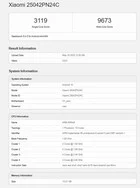
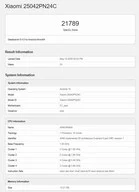
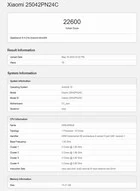
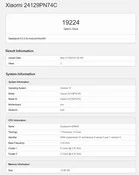
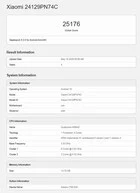


Leave a Reply